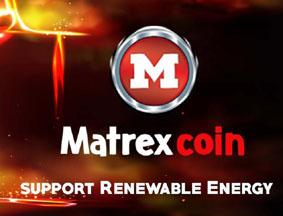How Do Smart Contracts Work?

The smart contracts utilized in many blockchain networks function similarly to a vending machine. The smart contract vending machine analogy goes as such: you input Bitcoin or whatever you are transferring into the vending machine (which in this case is the ledger). Once your input satisfies the code within the smart contract, it automatically executes the obligations agreed upon by both parties.
The obligations are written into the code in “if then” form, For example, “If Person A completes Task 1, Then payment from Person B is delivered to Person A.” Using this protocol, smart contracts allow for the exchange of all kinds of assets with each contract replicated and stored in decentralized ledgers. This way, none of the information can be modified or corrupted while data encryption works to assure full anonymity among participants. Although smart contracts can only work with assets which fall under the digital ecosystem, many applications outside of just digital currencies are being explored to connect the “real” and digital worlds.
Smart contracts are written and function by logic. As long as the input requirements — which are outlined in the code — are satisfied, the rest of the obligations will be executed in a secure and trustless network.
Just like any other new system protocol, smart contracts are not completely perfect. There are several benefits and drawbacks associated with using the smart contract system, including higher efficiency coupled with a lack of regulation. Allow us to explain further:
Some of the key advantages of using smart contracts include higher efficiency when it comes to processing documents. This is all thanks to its ability to assume a completely automated process that doesn’t require any personal involvement but simply requires that you satisfy the input requirements outlined by the code in the smart contract. Resultantly, you end up with more time, more savings through cut costs, and the most accuracy in executing transactions which cannot be altered. Additionally, smart contracts get rid of any third party interference, further adding to the decentralized nature of the network.
On the other hand, there are also quite a few problems which arise from the employment of smart contracts. Some of these drawbacks include human error, difficulty of full implementation, and uncertain legal status.
While many see the irreversible nature of smart contracts to be a major benefit of its use, some point to its inability to be modified as a problem. As humans are capable of making errors when creating smart contracts, some of these binding agreements can contain errors which cannot be reversed. Also, smart contracts are only able to be used with assets that fall under the digital ecosystem, posing a problem when it comes to connecting real-world assets with the digital world. Last and most importantly, smart contracts have little to no legal regulation and are subject to whatever obligations are agreed upon in the code. A lack of legal regulation might cause some users to be cautious of transacting on this network, especially if it’s highly significant.
